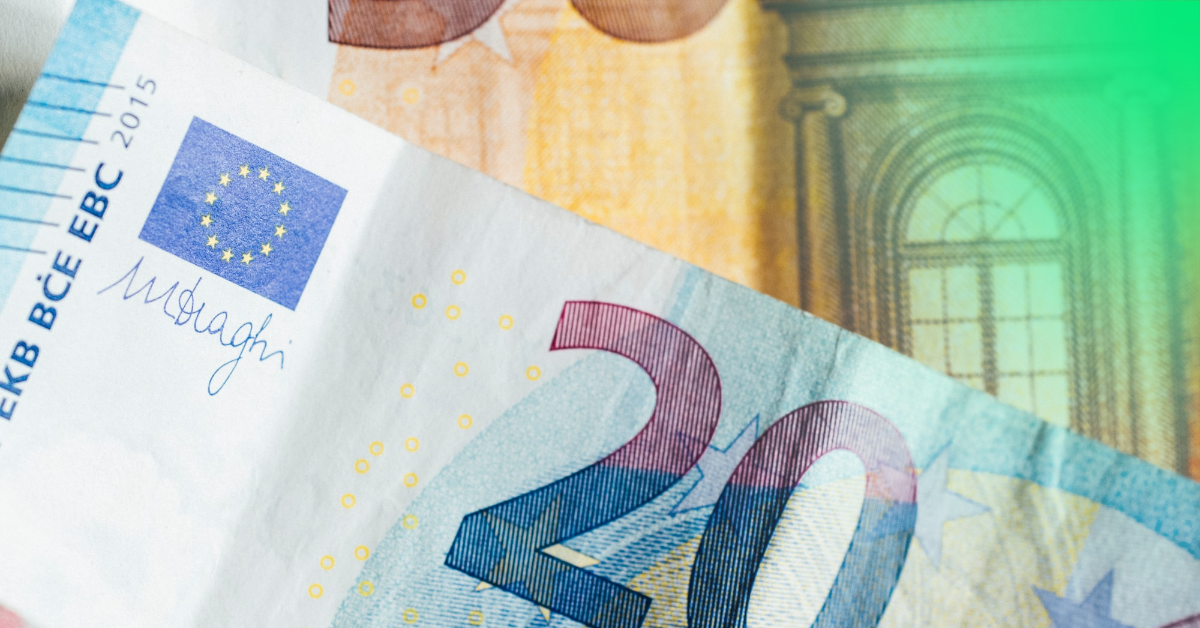Why is ISO 20022 a game-changer to the European payments industry, and what benefits will this bring to the financial sector?
Instant and real-time payments are essential to the payments sector and vital in improving the customer experience and innovation. Systems such as the Real-Time Gross Settlement (RTGS) system have seen impressive growth, with changes in customer behavior brought about by the pandemic. However, new payment systems need supporting frameworks to become incumbent and drive innovation.
ISO 20022 is an international open standard that provides the framework for financial messaging standardization. This standard format will help drive the European payments industry; here is why this is so.
What is ISO20022?
The ISO Technical Committee TC68 Financial Services oversee ISO20022. ISO20022 represents a standardized approach to messaging that all financial services must adhere to compete in the global payments space. The standard was developed to provide financial messaging systems across the globe with an interoperable messaging system that is unified, structured, and offers a rich format. A pilot program became available to test out ISO20022 in 2022, and co-existence with CBPR+ began in March 2023; however, there is a transition period before the go-live, set to begin in November 2025.
The ISO20022 movement is going forward; data from SWIFT for the six weeks up to April 30th, 2023, shows a daily average of 618,000+ ISO 20022 messages being sent and received on the FINplus Service globally: FINPlus supports the exchange of ISO20022 compliant messaging.
Why European payments must migrate to ISO20022
The globalized economy and digitization are behind the move to standardize financial messaging. Standardization is essential as it provides the foundation for interoperability and the seamless flow of data and transactions. Unfortunately, introducing the ISO20022 standard has coincided with external forces such as the Covid-19 pandemic. This and the complexities in implementing such a wide-scale change as a standardized messaging system have led to FIs and banks adjusting their goals and roadmap. In line with this, SWIFT announced in March 2020 a postponement of ISO 20022 migration by one year.
Fortunately, the setbacks experienced by events such as those mentioned above are starting to clear.
Corresponding delays have hindered the faster adoption of the standard; for example, the ECB (European Central Bank), real-time gross settlement (RTGS) system TARGET2/TARGET2- Securities (T2-T2S) was delayed by one year; T2-T2S finally went live in March 2023.
The large-value payment system EURO1 has now successfully migrated to ISO 20022 in line with TARGET 2 migration; EURO1 is an RTGS-equivalent payment infrastructure.
Similarly, the Single Market Infrastructure Gateway (ESMIG) is on track to align with TARGET 2 and adopt ISO20022.
As the EU intends to harmonize regulations and standards across Europe by encouraging the implementation of ISO20022, this harmonization remit will be met for payments using the standard.
Payment types in Europe impacted by ISO20022
In the European payments sector, the main payment types that ISO20022 impacts are:
- ACH/Bulk payments: SEPA ( Single Euro Payments Area) in the Eurozone
- RTGS for high-value payments: TARGET2 and EURO1
- EURO1 announced that it was supporting ISO20022
- Securities, Trade Finance, FX: T2S in the Eurozone
- Cross-border payments: SWIFT MT to MX
All of these should come into line to ensure the standard is comprehensively supported and interoperability optimized.
Benefits of ISO20022 adoption in Europe
In the next five years, the adoption of ISO20022 is expected to reach 80% of high-value payments by volume and 90% by value; NatWest Bank describes this as a “truly dramatic shift.” The benefits of ISO20022 are clear. When adoption reaches these critical levels, being outside of the ISO tent leaves an organization vulnerable to industry changes and innovative competition. As the standard evolves and industry advisories improve the standard, ISO20022 will develop and offer more powerful functions. As well as providing the rails for interoperability, ISO20022 will generate more options for new applications and deliver seamless total experiences for customers. It is essential that any payments sector organization impacted by ISO20022 explores its position and looks at the benefits and barriers to adoption.
Barriers to ISO20022 adoption in Europe
The adoption of ISO20022 is complex. A significant and complex migration pathway impacts core payments processing and can also influence other banking systems. Implementation of ISO20022 is not a mandated regulation; however, the groundswell of uptake means that those who do not adopt will be left behind in the digitization of payments that provide the framework for the innovation of the total customer experience.
Several barriers to the fast adoption of ISO2002 in Europe and other parts of the world include:
Handling sanctions and compliance checks
During the translation phase to full ISO20022 support, there could be issues with meeting the remits of this new messaging system. As a result, Euroclear has advised to “avoid sending MX messages containing enriched data until the end of the Swift transaction management build-up.”
Dovetailing stakeholders
People, technology, and processes are all impacted by the changeover to the ISO20022 standard. Careful planning and communication is needed for a smooth transformation across all systems.
Testing
Robust and comprehensive testing is vital in the adoption of ISO20022 across the European payments industry. Therefore, time must be allocated to design comprehensive test scenarios and carry-out test plans.
Help for European payments industry to meet ISO2022
Fortunately, there are support systems in place to help with ISO20022 adoption:
SWIFT has published a helpful guide, “ISO 20022 Payments Migration and Interoperability Considerations for the global Community” that offers a run-down of the standard and what’s needed to comply.
SWIFT also provides a stop-gap measure in the form of a central translation service called In-flow Translation. This allows the co-existence of different messaging formats during the co-existence period starting March 20th, 2023. The translation between formats occurs during the processing of the message at Swift.
Eastnets Transactions Suite is a suite of RegTech technologies that help organizations meet ISO 20022 requirements.
ISO20022 is often described as the universal language of payments. This new messaging format provides a framework for standardization in the financial sector. Standardization is an important part of global systems, such as payments. Standardization offers interoperability, seamless connectivity, and innovation opportunities. For the European payment sector to maintain a global presence, the move to the ISO20022 messaging standard is a





